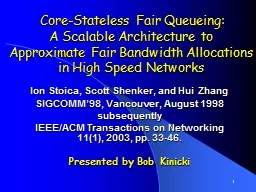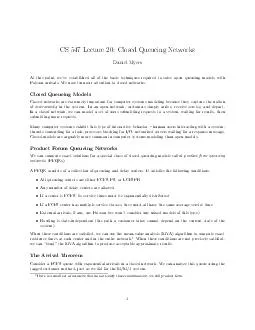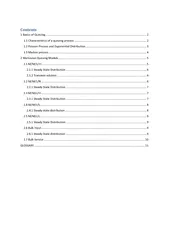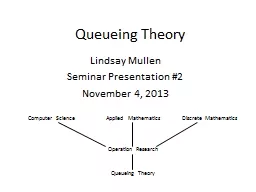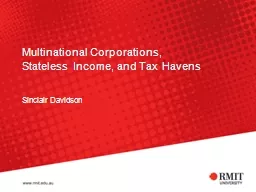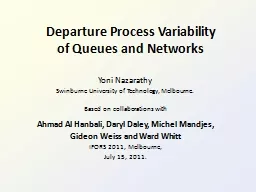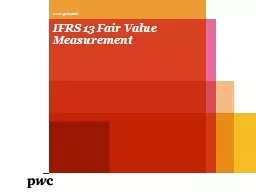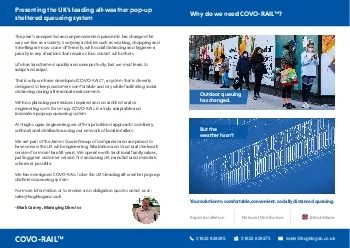PPT-1 Core-Stateless Fair Queueing:
Author : marina-yarberry | Published Date : 2017-11-12
A Scalable Architecture to Approximate Fair Bandwidth Allocations in High Speed Networks Ion Stoica Scott Shenker and Hui Zhang SIGCOMM98 Vancouver August 1998
Presentation Embed Code
Download Presentation
Download Presentation The PPT/PDF document "1 Core-Stateless Fair Queueing:" is the property of its rightful owner. Permission is granted to download and print the materials on this website for personal, non-commercial use only, and to display it on your personal computer provided you do not modify the materials and that you retain all copyright notices contained in the materials. By downloading content from our website, you accept the terms of this agreement.
1 Core-Stateless Fair Queueing:: Transcript
Download Rules Of Document
"1 Core-Stateless Fair Queueing:"The content belongs to its owner. You may download and print it for personal use, without modification, and keep all copyright notices. By downloading, you agree to these terms.
Related Documents

